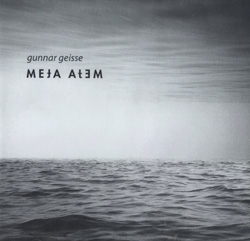
Mysterious and intense works for electric guitar, signal processing, field recordings and voice from experimenter, improviser and audio researcher Gunnar Geisse.
Out of Stock
Quantity in Basket: None
Log In to use our Wish List
Shipping Weight: 5.00 units
Sample The Album:
Gunnar Geisse-electric guitar, electric bass, signal processing, field recordings, voice
Click an artist name above to see in-stock items for that artist.
UPC: 5609063400908
Label: Creative Sources
Catalog ID: CS090
Squidco Product Code: 8798
Format: CD
Condition: New
Released: 2007
Country: Portugal
Packaging: Jewel Tray
Recorded 2000-2005
A mysterious work of electric guitar & bass, signal processing, field recordings and voice. Using tonal textures and unusual punctuation, Geisse builds intense and encompassing sound spaces that use spatial actions to great effect, with sparse delivery of recordings and other interventions. Impressive work, paced for the benefit of his rich sonic world, creating a surprisingly psychedelic side-effect. Gunnar Geisse has worked with Phil Durrant, Barry Guy, Franz Hautzinger, Wilbert de Joode, Jason Kahn, Thomas Lehn, Günter Müller, Phill Niblock, Evan Parker, &c. &c.
Artist Biographies
• Show Bio for Gunnar Geisse "Gunnar Geisse (born 11 July 1964, Giessen, Germany) is a musician, improviser, composer, and interpreter. He moves along the cutting edge between experimental/improvised music and new music. He has developed a complex instrumental concept combining guitar and electronics/computer which he calls laptop guitar. He also plays several other string instruments including banjo, mandolin, and a variety of instruments from Central Asia, among them the Uzbek and the Persian dotâr. Gunnar Geisse has been living in Munich, Germany since 1985. Gunnar Geisse began his career in his early youth as a rock guitarist. With the end of his schooling he gravitated in the direction of jazz. Attending an Ornette Coleman concert at the Moers Jazz Festival in Germany, he saw Coleman carried onto the stage in a coffin, jump out dressed in a glittering disco outfit and play in the free jazz style that he helped create. After this key experience, Geisse bought toy plastic saxophones for the members of his band and threw away his original plan to play jazz standards. It was during this time that improvisation and an experimental approach became the foundation of his understanding of music. His first professional engagement was with the "New York Broadway Ensemble" with which he toured throughout Europe for the next two years. For Geisse, to be a part of an orchestra was an essential learning experience. The avant-garde combo "Brother Virus" which along with Geisse included Werner Klausnitzer, Patrick Scales, and Maurice de Martin, achieved fame at the end of the 1980s. It would leave a major impression on Geisse. The band was invited to play at the Knitting Factory in New York, and was one of the first bands to play serious improvised music "live" on prime time German TV - Dagobert Lindlau's "Veranda". With "Brother Virus" Gunnar Geisse took the first steps on his own musical journey, a journey that was already apparent in his earlier development. In 1991 Enja Records released the "Brother Virus" album "Happy Hour". Geisse lost the two middle fingers on his right hand in a mountain climbing accident in 1992. With the severity of the injury and subsequent operations, it was unclear as to whether Geisse would be able to continue his playing career. It was during his hospital stays that he was able to contemplate the implications of 20th century new music compositional techniques, and in so doing discovered his deep interest in structure. He wrote his first composition during one of his hospital stays. For him to have a good aural understanding of the piece, he proceeded to overdub the tracks - some 200 in total. Out of his interest in structure, Geisse worked together with the Institute for Experimental Physics at the University of Magdeburg in the area of complexity theory, non-linear phenomena and simulation, and inserted structural models of nature into his music. The recording was released under the title "AtEM". While judging a music composition competition, Hans Zender - conductor of the SWR symphony orchestra und professor for composition at the College of Music and Arts in Frankfurt, Germany - took notice of Geisse's extraordinary music. Subsequently Gunnar Geisse received a stipend to compose at the prestigious Schloss Solitude Academy for one year. It was at Solitude that he composed "Das diskrete Jetzt" (The Discrete Now). He delved deeper into the phenomena of musical time. On a renewed search for natural structural references, he received important suggestions and impetus from the Institute for Medical Psychology at the Ludwig-Maximilian University (LMU) in Munich on the theme "time and its perception". The classic compositional parameters of tempo, meter, and rhythm are pushed into the background by this broadening of perspective through a psychological perception of time. After his work with structure and time Gunnar Geisse again delved into questions concerning the fundamental functions of harmony. Searching for answers within nature since 2003, he has occupied himself with the non-linear phenomena of combination-tones - these are tones that are formed in the cochlea of the inner ear as an extension of the original acoustic signal. The combination-tones are the missing building blocks which, when added to his use of partial-tone rows and partial-tone matrixes, complete Geisse's set of harmonic compositional tools. The results of this work can be heard on the CD "MEtA" (Creative Sources Recordings). In 2006 Geisse wrote an exposition which lends insight into his specific harmonic concept. Paradoxically, with these compositional tonal explorations, sound-based improvisation and its physical, expressive moments have taken on more and more importance; Geisse's improvisational models have changed under these influences. Since 2005 working with electronics and laptop computers have become an important means of expression for Geisse. In this context he has developed a unique hardware/software set-up (laptop guitar) that allows him to pursue his analogue playing (guitar) on a digital level, and even more importantly, to break away from the restrictions of "instrument" in order to work more directly with sound and its formulation. Gunnar Geisse has received various awards and stipends, including the Musical Achievement Award of the City of Munich, and the Schloss Solitude Academy's Composition Stipend. Gunnar Geisse has played with musicians from the three major areas of his musical life: experimental/improvised music, new music, and contemporary jazz. They include: Richard Barrett, Marty Cook, Phil Durrant, Vinko Globokar, Barry Guy, Franz Hautzinger, Jason Kahn, Thomas Lehn, Michael Lentz, George Lewis, David Moss, Günter Müller, Olga Neuwirth, Phill Niblock, Evan Parker, Giancarlo Schiaffini, Ignaz Schick, Ed Schuller, Mike Svoboda, Gary Thomas, Wu Wei, Xu Fengxia. Gunnar Geisse has worked with or played works of Hans-Jürgen von Bose, John Cage, Peter Maxwell Davies, Fred Frith, Gérard Grisey, Hans Werner Henze, Tom Johnson, Helmut Lachenmann, Anestis Logothetis, Chico Mello, Josef Anton Riedl, Gioacchino Rossini, Dieter Schnebel, James Tenney, Kurt Weill, Jörg Widmann, Christian Wolff, and Udo Zimmermann. He has also played as soloist under the direction of Stefan Asbury, Paul Daniel, Peter Eötvös, Franck Ollu, and Lothar Zagrosek with the Bavarian Radio Symphony Orchestra (BR), The Bavarian State Opera Orchestra, the Stuttgart Radio Symphony Orchestra (SWR), the Stuttgart City Orchestra, and the Munich City Theatre Orchestra on Gärtnerplatz. Gunnar Geisse was/is a member of the following ensembles: Brother Virus, le petit chien, ICI ensemble, Go Guitars, Berlin Jazz Composers Ensemble, Fractal Gumbo, NIE Quartett" ^ Hide Bio for Gunnar Geisse
12/15/2025
Have a better biography or biography source? Please Contact Us so that we can update this biography.
Track Listing:
1. per sona
2. ∀∫∃w / At∃M
3. grattager g-eis-es-e 13:08
4. Das diskrete Jetzt 14:00
5. Die Quelle 4:42
Creative Sources
Improvised Music
Electro-Acoustic
Electro-Acoustic Improv
Guitarists, &c.
Field Recordings
October 2007
Free Improvisation
Search for other titles on the label:
Creative Sources.


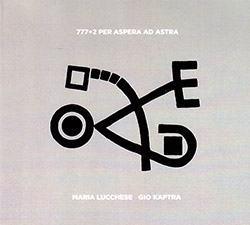
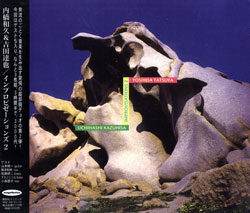
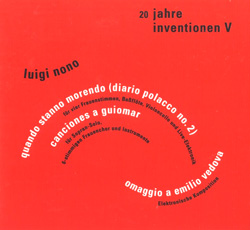
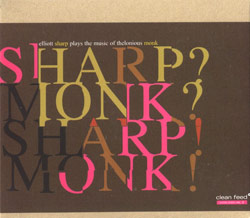
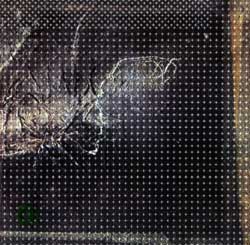
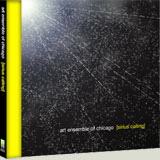

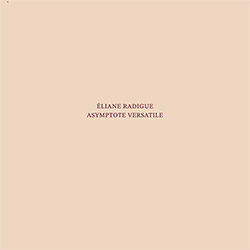
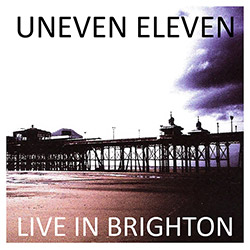
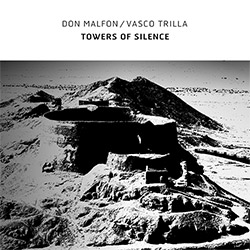
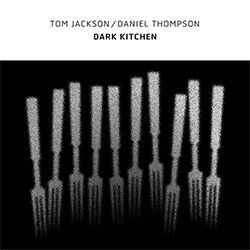
![Frey, Jurg : Composer, Alone [3 CDs]](https://www.teuthida.com/productImages/misc4/36927.jpg)
![Belorukov, Ilia / Alex Riva: Wrestling For Futility [CASSETTE w/DOWNLOAD]](https://www.teuthida.com/productImages/misc4/36994.jpg)
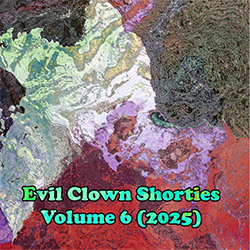
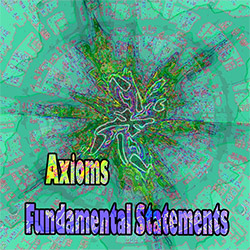
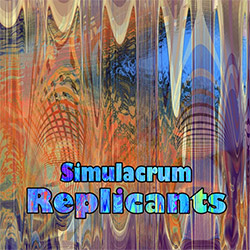
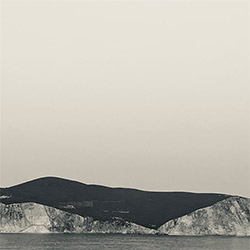
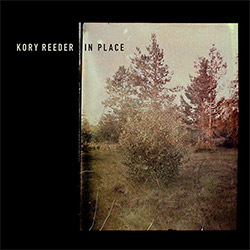
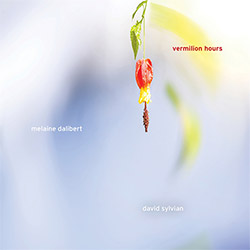
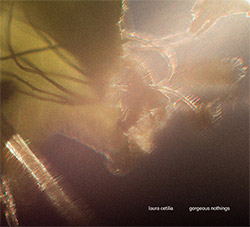
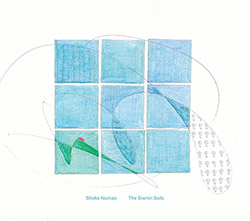
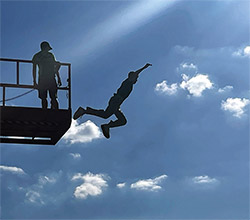
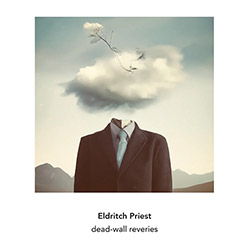
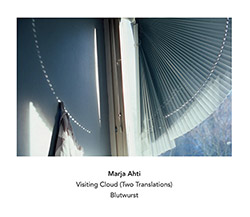
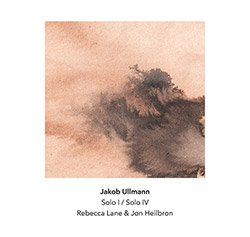
![Agnel, Sophie: Learning [VINYL]](https://www.teuthida.com/productImages/misc4/36841.jpg)
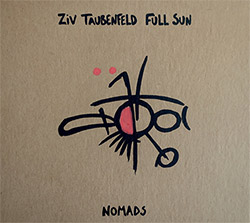
![Monaco, Amanda (w/ Michael Attias / Sean Conly / Satoshi Takeishi) : Deathblow [VINYL+ DOWNLOAD]](https://www.teuthida.com/productImages/misc4/36956.jpg)
![Frey, Jurg with ensemble]h[iatus: Je Laisse A La Nuit Son Poids D](https://www.teuthida.com/productImages/misc4/36988.jpg)
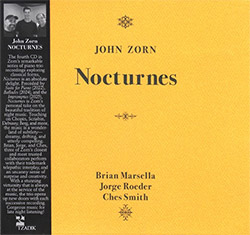
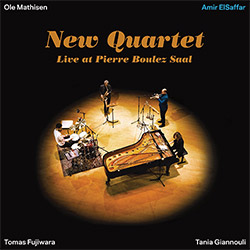
![ElSaffar, Amir / New Quartet : Live at Pierre Boulez Saal [VINYL]](https://www.teuthida.com/productImages/misc4/36830.jpg)
![Zorn, John: The Song of Songs [CD + CD BOOK]](https://www.teuthida.com/productImages/misc4/36923.jpg)
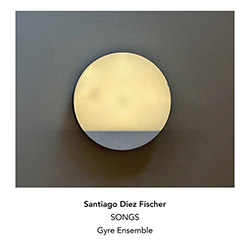
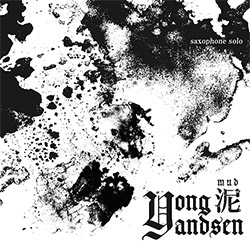
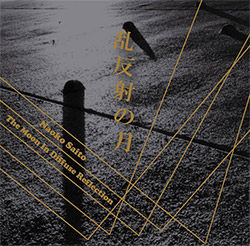

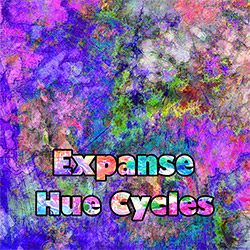
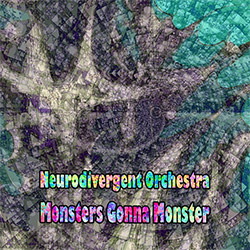
![Musicworks Magazine: #152 Fall 25 [MAGAZINE + CD]](https://www.teuthida.com/productImages/misc4/37004.jpg)
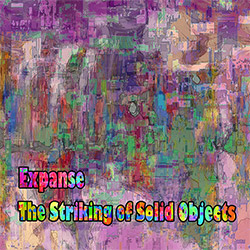

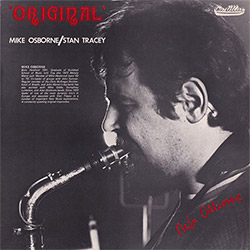
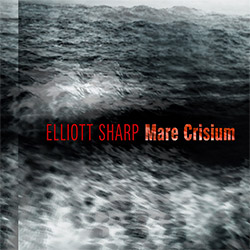
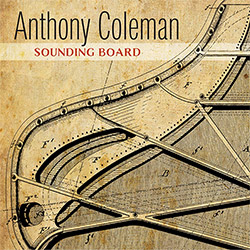
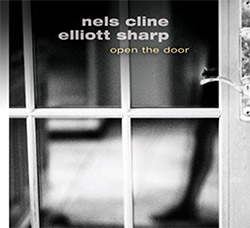
![[ahmed] (Thomas / Grip / Gerbal / Wright): Sama](https://www.teuthida.com/productImages/misc4/36976.jpg)
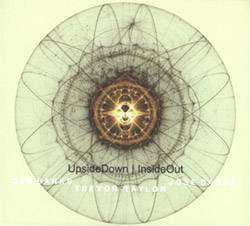
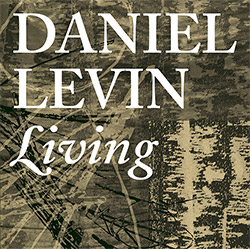
![Cleaver, Gerald / Brandon Lopez / Hprizm: In The Wilderness [COLOR VINYL]](https://www.teuthida.com/productImages/misc4/33060.jpg)
![McPhee, Joe : Defiant Jazz: a Joe McPhee Taster [VINYL]](https://www.teuthida.com/productImages/misc4/36859.jpg)
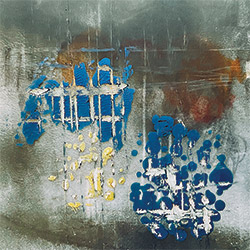
![Mateen, Sabir / Patrick Holmes / Federico Ughi : Survival Situation [LTD VINYL LP + DOWNLOAD]](https://www.teuthida.com/productImages/misc4/29891.jpg)
![Tucker, Dave / Pat Thomas / Thurston Moore / Mark Sanders: Educated Guess Vol. 1 [COLORED VINYL]](https://www.teuthida.com/productImages/misc4/30183.jpg)
![Sarian, Michael / Matthew Putman: A Lifeboat (Part I) [COLORED VINYL]](https://www.teuthida.com/productImages/misc4/30426.jpg)
![Carter, Daniel / Tobias Wilner / Djibril Toure / Federico Ughi: New York United Volume 2 [COLOR VINYL]](https://www.teuthida.com/productImages/misc4/30665.jpg)
![Mela, Francisco feat. Matthew Shipp / William Parker: Music Frees Our Souls, Vol. 1 [BLUE VINYL]](https://www.teuthida.com/productImages/misc4/30999.jpg)
![Heroes Are Gang Leaders: LeAutoRoiOgraphy [COLORED VINYL]](https://www.teuthida.com/productImages/misc4/32253.jpg)
![Carter, Daniel / Matthew Shipp / William Parker / Gerald Cleaver: Welcome Adventure! Vol. 2 [COLOR VINYL]](https://www.teuthida.com/productImages/misc4/32385.jpg)
![Carter, Daniel / Evan Strauss / 5-Track / Sheridan Riley: The Uproar In Bursts Of Sound And Silence [COLORED VINYL]](https://www.teuthida.com/productImages/misc4/32515.jpg)
![Ackerley, Jessica / Patrick Shiroishi / Chris Williams / Luke Stewart / Jason Nazary: SSWAN: Invisibility is an Unnatural Disaster [COLORED VINYL]](https://www.teuthida.com/productImages/misc4/32586.jpg)
![Mela, Francisco feat. Cooper-Moore / William Parker: Music Frees Our Souls, Vol. 2 [COLORED VINYL]](https://www.teuthida.com/productImages/misc4/32735.jpg)
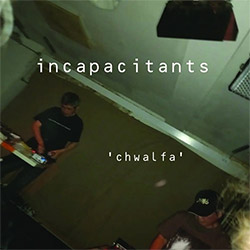
![Genthon, Anouck / Lionel Marchetti: Suite Blanche [2 CDs]](https://www.teuthida.com/productImages/misc4/36642.jpg)
![Toeplitz, Kasper T.: Erosions Programmees [CD + BOOKLET]](https://www.teuthida.com/productImages/misc4/36639.jpg)
![Gate, The : Amost Live [CASSETTE + MAGAZINE]](https://www.teuthida.com/productImages/misc4/36836.jpg)
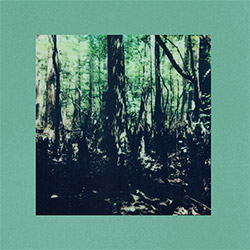
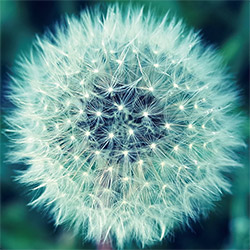
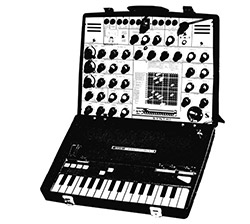
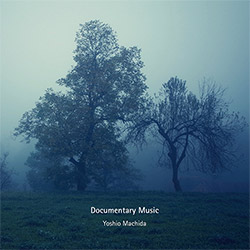
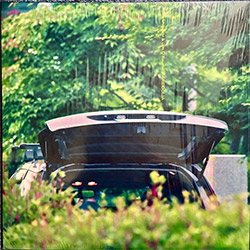
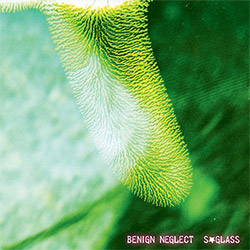
![A Magic Whistle: The Solar Cell [VINYL]](https://www.teuthida.com/productImages/misc4/36658.jpg)
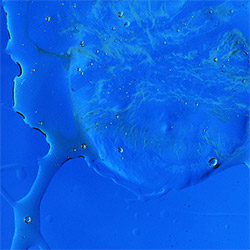
![McGee, Hal: Columbus Expedition [Cassette w/ Download]](https://www.teuthida.com/productImages/misc4/36650.jpg)
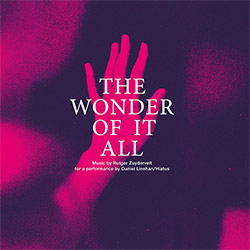
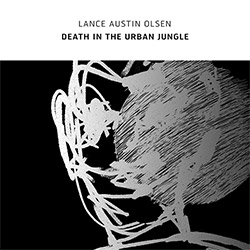
![Jaeger, Kassel: Fernweh [VINYL 2 LPs]](https://www.teuthida.com/productImages/misc4/36541.jpg)
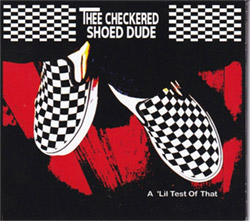
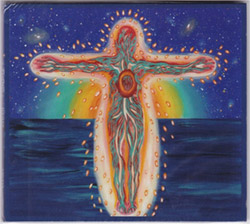
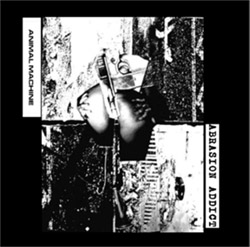

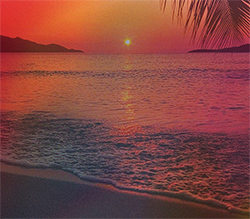
![+DOG+: The Light Of Our Lives [2 CDs]](https://www.teuthida.com/productImages/misc4/36009.jpg)
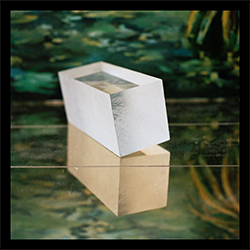

![Eternities: Rides Again [CASSETTE]](https://www.teuthida.com/productImages/misc4/36247.jpg)

![Lopez, Francisco: Untitled (2021-2022) [2 CDs]](https://www.teuthida.com/productImages/misc4/36438.jpg)

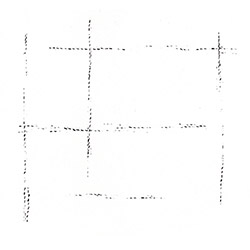
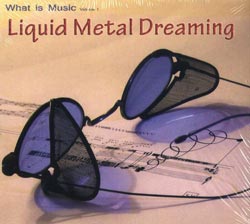

![Pisaro-Liu, Michael: Within (2) / Appearance (2) [2 CDs]](https://www.teuthida.com/productImages/misc4/36831.jpg)
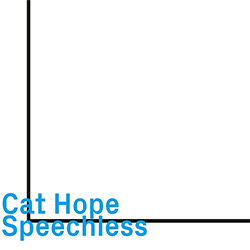
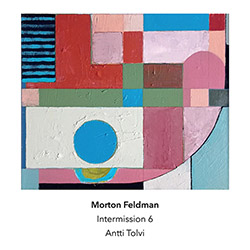
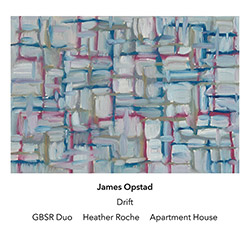
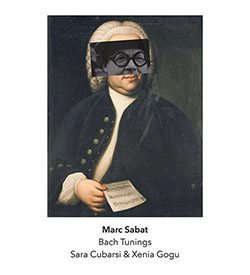
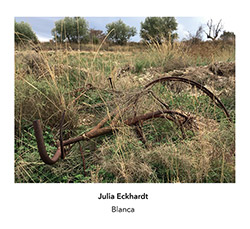
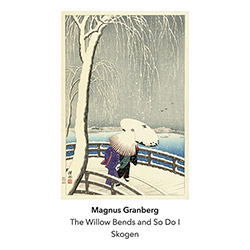
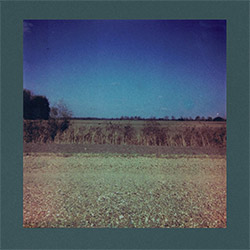
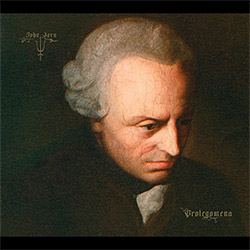
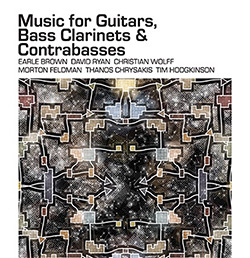
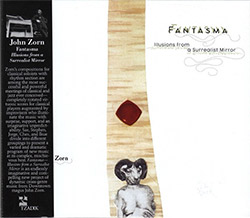
![Musicworks Magazine: #151 Summer 25 [MAGAZINE + CD]](https://www.teuthida.com/productImages/misc4/36559.jpg)

![Brown, Dan / Dan Reynolds: Live At The Grange Hall [unauthorized][CASSETTE]](https://www.teuthida.com/productImages/misc4/36245.jpg)


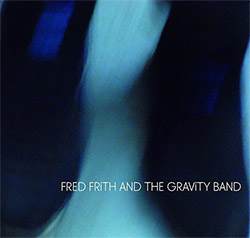
![Coultrain: Mundus [COLORED VINYL]](https://www.teuthida.com/productImages/misc4/33056.jpg)
![Hprizm: Signs Remixed [COLORED VINYL]](https://www.teuthida.com/productImages/misc4/30635.jpg)
![Halls Of the Machine: All Tribal Dignitaries [CASSETTE w/ DOWNLOAD]](https://www.teuthida.com/productImages/misc4/36134.jpg)
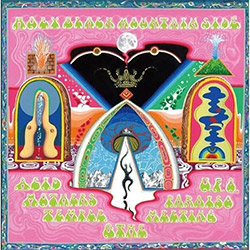
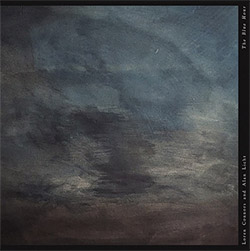
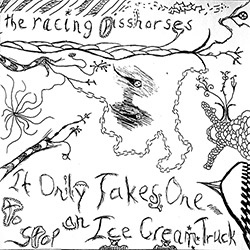
![Koenjihyakkei: Live at Club Goodman [2 CDs]](https://www.teuthida.com/productImages/misc4/36111.jpg)

![Sorry For Laughing (G. Whitlow / M. Bates / Dave-Id / E. Ka-Spel): Rain Flowers [2 CDS]](https://www.teuthida.com/productImages/misc4/35985.jpg)

![Rolando, Tommaso / Andy Moor : Biscotti [CASSETTE w/ DOWNLOADS]](https://www.teuthida.com/productImages/misc4/36106.jpg)


![Electric Bird Noise / Derek Roddy: 8-10-22 [CD EP]](https://www.teuthida.com/productImages/misc4/35970.jpg)








![Elephant9 : Mythical River [VINYL]](https://www.teuthida.com/productImages/misc4/34624.jpg)



![Elephant9 with Terje Rypdal: Catching Fire [VINYL 2 LPs]](https://www.teuthida.com/productImages/misc4/35355.jpg)
![Coley, Byron: Dating Tips for Touring Bands [VINYL]](https://www.teuthida.com/productImages/misc4/17906.jpg)

![Lost Kisses: My Life is Sad & Funny [DVD]](https://www.teuthida.com/productImages/misc4/lostKissesDVD.jpg)